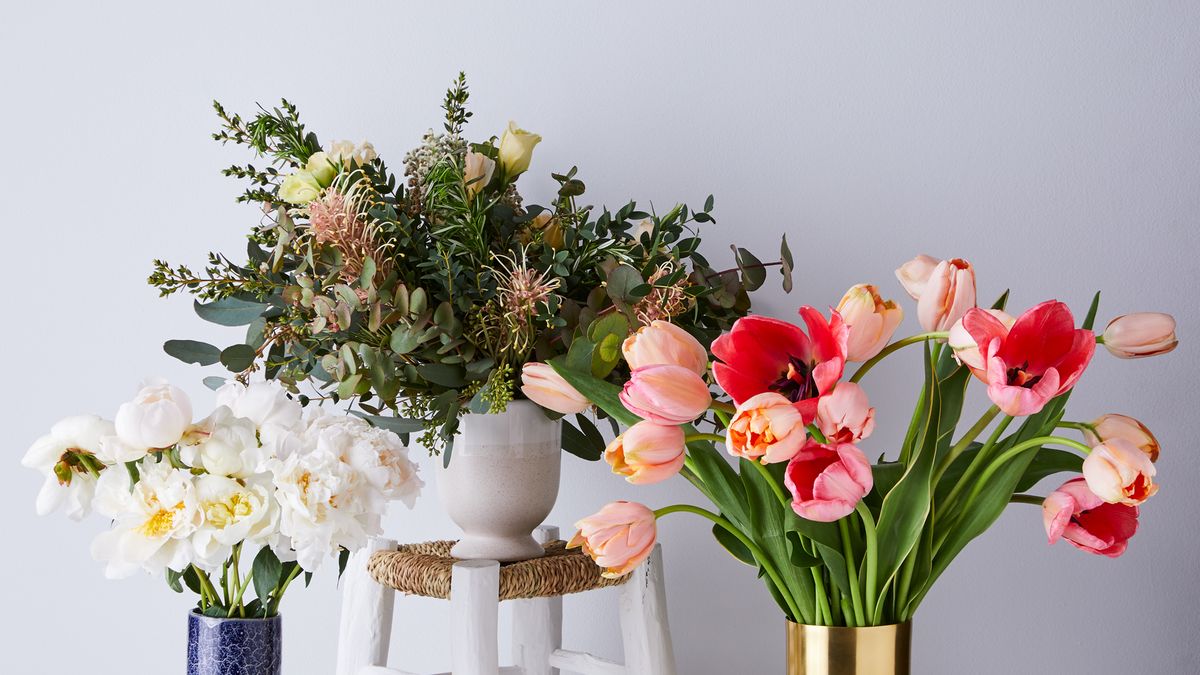

Articles
How To Store Fresh Flowers
Modified: February 7, 2024
Learn the best techniques for storing fresh flowers in this informative articles. Keep your flowers looking fresh and vibrant for longer with these tips.
(Many of the links in this article redirect to a specific reviewed product. Your purchase of these products through affiliate links helps to generate commission for Storables.com, at no extra cost. Learn more)
Introduction
Fresh flowers are a beautiful addition to any home or event, adding color, fragrance, and a touch of nature to our surroundings. However, to maintain their beauty and extend their lifespan, it is important to properly store and care for them. By following a few simple steps, you can ensure that your fresh flowers stay vibrant and last longer.
In this article, we will guide you through the process of storing fresh flowers. From choosing the right vase to maintaining the right temperature, we will cover all the essential aspects that go into preserving their freshness and beauty.
So, whether you received a beautiful bouquet as a gift or picked some fresh flowers from your garden, let’s dive into the world of flower care and learn how to store them effectively!
Key Takeaways:
- Choose the right vase, trim stems, and prepare water with preservatives to extend the life of fresh flowers. Proper care and attention to detail ensure vibrant, long-lasting blooms.
- Keep fresh flowers away from direct sunlight, change the water regularly, and remove wilted flowers promptly to maintain their beauty and extend their lifespan. With proper care, your flowers will continue to brighten your space.
Read more: How To Store Fresh Flowers Before Wedding
Choosing the Right Vase
The first step in storing fresh flowers is to choose the right vase. The vase you select should not only complement the aesthetic of the flowers but also provide optimal conditions for their preservation.
When selecting a vase, consider the size and shape of the flower stems. You want a vase that is tall enough to support the length of the stems but not so wide that the flowers are spread too far apart. This will help maintain the arrangement and prevent the flowers from wilting.
In addition to size, consider the material of the vase. Glass vases are a popular choice as they allow you to see the water level and monitor the cleanliness of the vase. However, you can also use ceramic vases or even repurpose containers like mason jars or wine bottles.
Make sure to clean the vase thoroughly before using it to remove any dirt or residue that may contaminate the water. This will help prevent the growth of bacteria and keep the flowers fresh for longer.
Remember, the goal is to provide a stable and clean environment for the flowers to thrive. So, choose a vase that not only enhances the appearance of the flowers but also supports their overall health and longevity.
Trimming the Stems
Once you have chosen the right vase, it’s time to trim the stems of your fresh flowers. This step is crucial as it promotes water absorption and prevents the growth of bacteria in the water.
Start by removing any leaves or foliage that would be submerged in the water. These submerged leaves can decompose and contaminate the water, leading to a shorter lifespan for your flowers.
Next, using a sharp pair of floral shears or scissors, trim about an inch off the bottom of each stem at a 45-degree angle. This angled cut increases the surface area of the stem, allowing for better water intake.
Be sure to cut the stems underwater or immediately place them in water after trimming. This prevents air bubbles from entering the stem, which can hinder water absorption. If air bubbles do form, gently tap the stem to release them.
When trimming the stems, it’s important to consider the height of your vase. Trim the stems accordingly, so the flowers sit at the desired height without being submerged too deeply or reaching too far out of the vase.
Remember to re-trim the stems every few days to ensure optimal water absorption. As the flowers age, the ends of the stems can become clogged, preventing them from taking in water effectively. By periodically trimming the stems, you remove any blockages and help extend the life of your fresh flowers.
Trimming the stems is a simple and essential step that sets the foundation for successful flower storage. With each cut, you provide your flowers with the opportunity to absorb vital nutrients and water, keeping them fresh and vibrant for a longer period.
Preparing the Water
Once you have trimmed the stems of your fresh flowers, it’s time to prepare the water that will nourish them. The water you use plays a significant role in maintaining the freshness and vitality of your flowers.
Start by using clean, room temperature water. Avoid using water that is too cold or too hot, as extreme temperatures can shock and damage the flowers. Fill the vase about two-thirds full, providing enough water for the stems to drink without overflowing the vase.
While plain water is sufficient for short-term storage, you can enhance the longevity of your flowers by adding a few special ingredients to the water. One option is to dissolve floral preservatives in the water. Floral preservatives are available at floral supply stores or can be homemade by combining sugar, an acidifier (such as lemon juice or vinegar), and bleach in the right proportions.
Sugar provides much-needed energy to the flowers, helping them stay fresh and hydrated. Acidifiers help lower the pH level of the water, preventing bacterial growth. Bleach acts as an antimicrobial agent, reducing the risk of contamination and extending the lifespan of your fresh flowers.
You can also add a few drops of a clear soda, like 7UP or Sprite, to the water. The sugar and citric acid in the soda can act as nutrients and help maintain the flowers’ freshness.
Once you have added any necessary ingredients to the water, gently stir to ensure they are fully dissolved before placing the flowers in the vase.
By preparing the water properly, you create an optimal environment for your fresh flowers. The right water conditions provide essential hydration, while the addition of preservatives or other ingredients can help extend their lifespan. With the right combination, you ensure that your flowers stay fresh and vibrant for as long as possible.
Adding Preservatives
Adding preservatives to the water is an effective way to prolong the life of your fresh flowers. These additives contain ingredients that provide essential nutrients and inhibit the growth of bacteria, helping your flowers stay fresher for longer.
Floral preservatives are available in various forms, such as powdered packets or liquid concentrates. These can be purchased at floral supply stores or included when purchasing flowers from a florist. Alternatively, you can make your own preservative solution with ingredients you may already have at home.
The primary components of a homemade floral preservative solution are sugar, acidifier, and bleach. The sugar acts as a source of energy for the flowers, helping them to stay hydrated and vibrant. Acidifiers, such as lemon juice or vinegar, lower the pH level of the water, creating an environment less hospitable for bacteria growth. Lastly, a small amount of bleach helps to control microbial contamination in the water.
To make your own preservative solution, simply dissolve one to two tablespoons of sugar, two teaspoons of lemon juice or vinegar, and a few drops of bleach in one quart of room temperature water. Mix well until all the ingredients are fully dissolved.
When using a powdered preservative packet, follow the instructions provided on the packet, which typically involve dissolving the packet contents in a specific volume of water.
Regardless of whether you are using store-bought or homemade preservatives, it is important to follow the recommended proportions. Using too much or too little can have detrimental effects on your fresh flowers.
Once you have prepared the preservative solution, pour it into the vase, ensuring that the flowers’ stems are fully submerged. The preservatives will provide the necessary nutrients and inhibit bacterial growth, extending the life of your fresh flowers.
Remember to change the water and add fresh preservatives every few days to maintain the optimal conditions for your flowers. Over time, bacteria can multiply and deteriorate the quality of the water, hindering the flowers’ ability to absorb nutrients and stay fresh.
By adding preservatives to the water, you are giving your fresh flowers the best chance to thrive. These additives provide the necessary nutrients and protection against harmful bacteria, ensuring that your flowers bloom beautifully for an extended period.
Read more: Spring Flowers For A Fresh & Lively Feel
Arranging the Flowers
Arranging the flowers in a visually appealing and balanced manner is key to creating an eye-catching display. Proper arrangement not only enhances the beauty of the flowers but also allows for better airflow and water circulation, which contributes to their longevity.
Start by removing any excess foliage from the stems that may fall below the waterline. This helps prevent bacterial growth and keeps the water cleaner for a longer period. However, it’s important to leave a few leaves near the top of the stem for aesthetic purposes.
When arranging the flowers, consider their height, color, and shape. Arrange taller, larger flowers towards the back of the vase and shorter, smaller flowers towards the front. This creates depth and allows each flower to be visible and appreciated.
Varying the colors and shapes of the flowers adds visual interest and creates a dynamic arrangement. Consider using a mix of blooms with different textures and sizes to create a stunning display.
While it’s important to be deliberate in arranging your flowers, don’t be afraid to let them appear natural and organic. Allow some stems to slightly angle and drape over the sides of the vase, creating a relaxed and effortless look.
As you arrange the flowers, be mindful of overcrowding. Ensure that each stem has enough space to breathe and that the flowers are not tightly packed together. Adequate airflow promotes better respiration and helps prevent mold or bacterial growth.
Don’t forget to periodically assess the arrangement and make adjustments if needed. Check for any wilting or decaying flowers and remove them promptly to prevent the spread of bacteria to other flowers.
By taking the time to carefully arrange your flowers, you create a visually stunning display that not only enhances your space but also allows for optimal airflow and water circulation. A well-arranged bouquet ensures that each flower remains vibrant and fresh for as long as possible.
To store fresh flowers, trim the stems at an angle and place them in a clean vase filled with water. Keep them in a cool location away from direct sunlight and drafts to prolong their freshness.
Placement and Temperature
Proper placement and maintaining the right temperature play a crucial role in preserving the freshness and longevity of your fresh flowers. Where you choose to display your flowers and the surrounding temperature can greatly impact their lifespan.
First and foremost, it’s important to keep your flowers in a cool location. Avoid placing them in direct sunlight or near heating vents, as excessive heat can cause the flowers to wilt and fade more quickly. Cooler temperatures help slow down the aging process and extend the life of the blooms.
Find a spot in your home that is away from direct sunlight and has a temperature range of around 65 to 75 degrees Fahrenheit (18 to 24 degrees Celsius). This can be a well-ventilated room, away from drafts and extreme temperature fluctuations.
Avoid displaying your flowers near fruits or ripening produce, as the natural ethylene gas released by these items can accelerate the aging process of the flowers. Ethylene gas can cause premature wilting and can shorten the lifespan of your fresh flowers.
Additionally, keep your flowers away from appliances or electronics that emit heat, such as televisions or ovens. The heat generated can dehydrate the flowers and cause them to wither more quickly.
When it comes to placement, choose a location that allows you and others to enjoy the beauty of the flowers. Consider a central spot on a table, countertop, or mantel where the flowers can be admired. However, make sure the vase is not crowded or obstructed, as proper air circulation is important for maintaining their freshness.
Remember to keep the flowers away from potential hazards, such as curious pets or small children. While flowers can bring joy and beauty, they can also pose a risk if ingested by pets or young children.
By carefully choosing the placement of your fresh flowers and maintaining the appropriate temperature, you create an environment that promotes their longevity. Keeping them in a cool location away from direct sunlight and potential sources of heat will help ensure that your flowers stay fresh and vibrant for an extended period.
Avoiding Direct Sunlight
Direct sunlight may be uplifting and beneficial for many living things, but when it comes to preserving the freshness and longevity of your fresh flowers, it’s best to keep them away from direct sunlight. Exposure to strong sunlight can have detrimental effects on the quality and lifespan of your blooms.
Direct sunlight can cause your flowers to wilt, fade, and even burn. The intense heat from the sun accelerates the transpiration process in the flowers, leading to faster water loss. As a result, the flowers become dehydrated and can quickly lose their vitality.
The ultraviolet (UV) rays present in sunlight can also have damaging effects on the pigments and cellular structure of the flowers. The UV rays can break down the molecules responsible for the vibrant colors of the flowers, causing them to fade and lose their visual appeal.
Not only does direct sunlight affect the appearance and hydration of the flowers, but it can also speed up the aging process. The high temperatures associated with direct sunlight cause the flowers to age more rapidly, resulting in a shorter lifespan.
To protect your fresh flowers from direct sunlight, choose a location in your home that is away from windows or direct sources of natural light. Instead, opt for spaces that receive bright but indirect light, such as a well-lit room or an area away from intense direct sunlight.
If you’re displaying your flowers outdoors, consider placing them in a shaded area or under a canopy or umbrella. This will shield them from the intense heat and UV rays of the sun, allowing them to stay fresher for longer.
Remember, the goal is to create an environment that mimics the natural conditions in which the flowers would thrive. Just as flowers in nature are protected by foliage or shaded by other plants, providing shade and avoiding direct sunlight will help preserve the beauty and freshness of your fresh flowers.
By keeping your fresh flowers away from direct sunlight, you will help maintain their vibrant colors, prevent dehydration, and extend their lifespan. Creating the right lighting conditions is a simple yet effective step in ensuring that your flowers stay fresh and beautiful for as long as possible.
Changing the Water
Changing the water regularly is a crucial aspect of maintaining the freshness and longevity of your fresh flowers. Over time, the water in the vase can become contaminated with bacteria, debris, and other substances that can hinder the flowers’ ability to absorb nutrients and stay fresh.
It is recommended to change the water every two to three days, or even more frequently if you notice the water becoming cloudy or foul-smelling. A simple water change can make a significant difference in preserving the quality of your flowers.
When changing the water, start by carefully removing the flowers from the vase. Take this opportunity to check each stem for any signs of wilting or decay. Remove any wilted or decaying flowers or foliage, as they can release harmful bacteria into the water, affecting the overall health of the remaining blooms.
After removing the flowers, empty the old water from the vase and thoroughly clean the vase with warm soapy water. Rinse it well to ensure no residue remains.
Once the vase is clean, fill it with fresh room temperature water. If desired, you can add another batch of preservative solution to further enhance the flower’s longevity.
Gently place the flowers back into the vase, making sure each stem is submerged in the fresh water. Take care to arrange them as desired, ensuring there is enough space between each stem for proper airflow.
Changing the water not only removes potential sources of bacteria but also provides fresh hydration for your flowers. Fresh water replenishes the nutrients and moisture that the flowers need, helping to extend their lifespan and maintaining their vibrant appearance.
Remember to continue following the previous steps of trimming the stems and adding preservatives when changing the water. These additional measures enhance the effectiveness of the water change and contribute to the overall well-being of your fresh flowers.
By consistently changing the water and providing your fresh flowers with fresh hydration, you create an environment that supports their longevity and keeps them looking their best. Regular water changes are a crucial element of proper flower care and can significantly extend the lifespan of your blooms.
Read more: How To Store Flowers
Removing Wilted Flowers
Regularly removing wilted flowers is an essential part of maintaining the beauty and health of your fresh flower arrangement. Wilted flowers not only detract from the overall appearance of the bouquet but can also contribute to the spread of bacteria, potentially shortening the lifespan of the remaining blooms.
When a flower begins to wilt, it is a sign that it is reaching the end of its lifespan. Wilted flowers can release ethylene gas, a natural plant hormone that accelerates the aging process in other nearby flowers. This can cause them to deteriorate more quickly, resulting in a shorter overall lifespan for the bouquet.
To remove wilted flowers, carefully inspect the arrangement and identify any blooms that appear droopy or have browning edges. Gently grasp the stem of the wilted flower near its base and pull it upwards, taking care not to disturb the surrounding flowers.
Once the wilted flowers have been removed, dispose of them properly. You can compost them if appropriate or place them in the organic waste bin. Avoid leaving discarded flowers near the fresh arrangement, as they can release ethylene gas that may harm the remaining flowers.
Removing wilted flowers not only improves the aesthetic appeal of the bouquet but also helps maintain the overall health of the remaining blooms. By promptly discarding spent flowers, you minimize the risk of bacterial growth and the spread of ethylene gas, allowing the rest of the arrangement to thrive.
Regularly inspect your flower arrangement and remove any wilted flowers as soon as you notice them. By being vigilant and proactive, you can ensure that your fresh flowers stay vibrant and beautiful for as long as possible.
Conclusion
Caring for fresh flowers involves more than just placing them in a vase. With the proper techniques and attention to detail, you can extend the lifespan and enjoy the beauty of your blooms for an extended period.
In this article, we discussed the crucial steps in storing fresh flowers. From choosing the right vase to trimming the stems, preparing the water, and adding preservatives, each stage contributes to the overall care and preservation of your flowers.
We also explored the important aspects of arranging the flowers, considering factors such as height, color, and shape. By creating a visually appealing arrangement, you enhance the beauty of the flowers while ensuring proper airflow and water circulation.
Placement and temperature are key factors in maintaining the freshness of your flowers. Avoiding direct sunlight and keeping the flowers in a cool environment help prevent wilting and premature aging.
Regularly changing the water, removing wilted flowers, and replenishing nutrients through preservatives or additives are critical steps in preserving the health and vibrancy of your fresh flowers.
By following these guidelines, you can create an environment that ensures the longevity of your fresh flowers, allowing you to enjoy their beauty and fragrance for as long as possible.
Remember, caring for fresh flowers is a mixture of art and science. Pay attention to detail, show creativity in arranging, and be diligent in providing the necessary care. With these practices, your fresh flowers will continue to brighten your space and bring joy to your surroundings.
Frequently Asked Questions about How To Store Fresh Flowers
Was this page helpful?
At Storables.com, we guarantee accurate and reliable information. Our content, validated by Expert Board Contributors, is crafted following stringent Editorial Policies. We're committed to providing you with well-researched, expert-backed insights for all your informational needs.
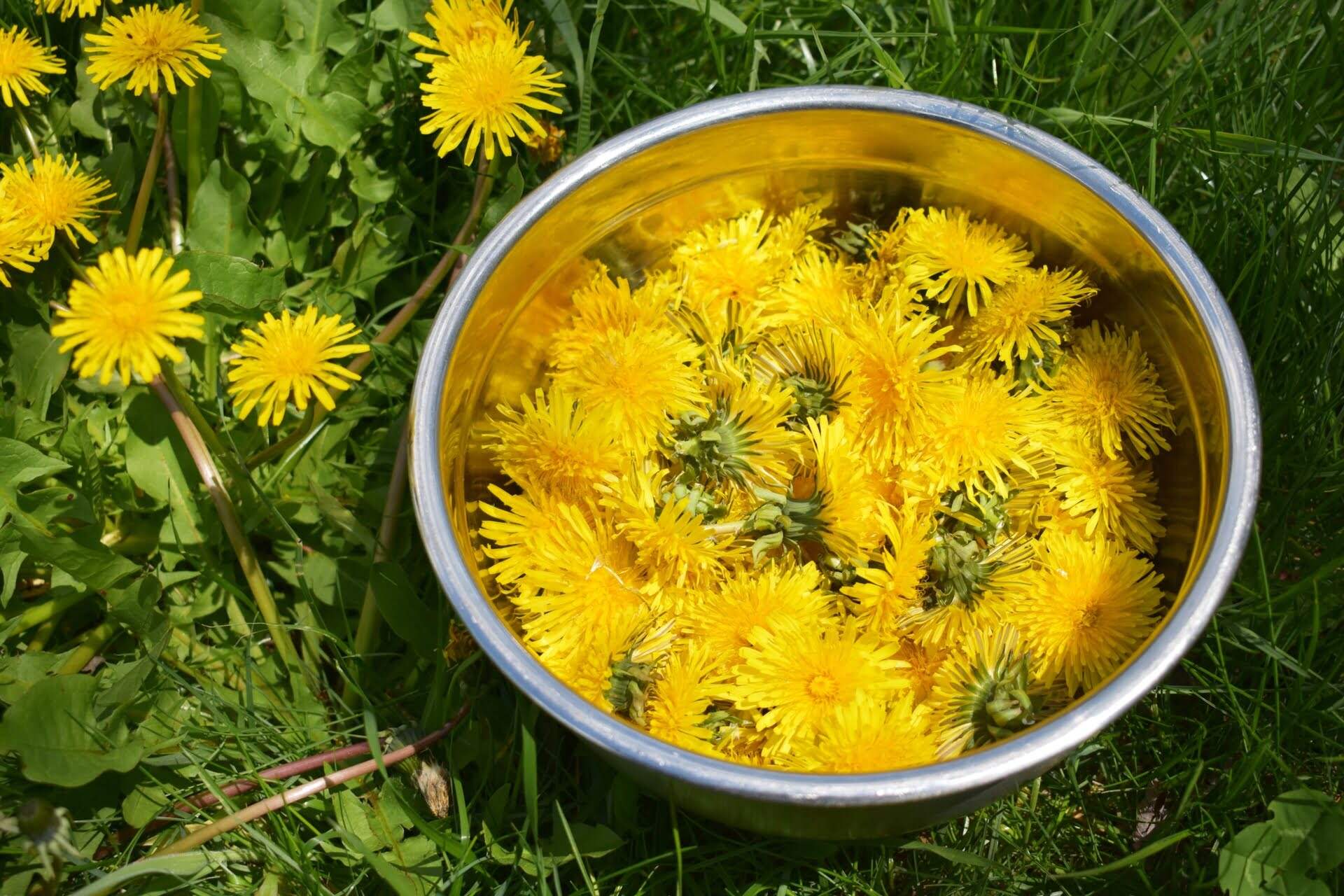
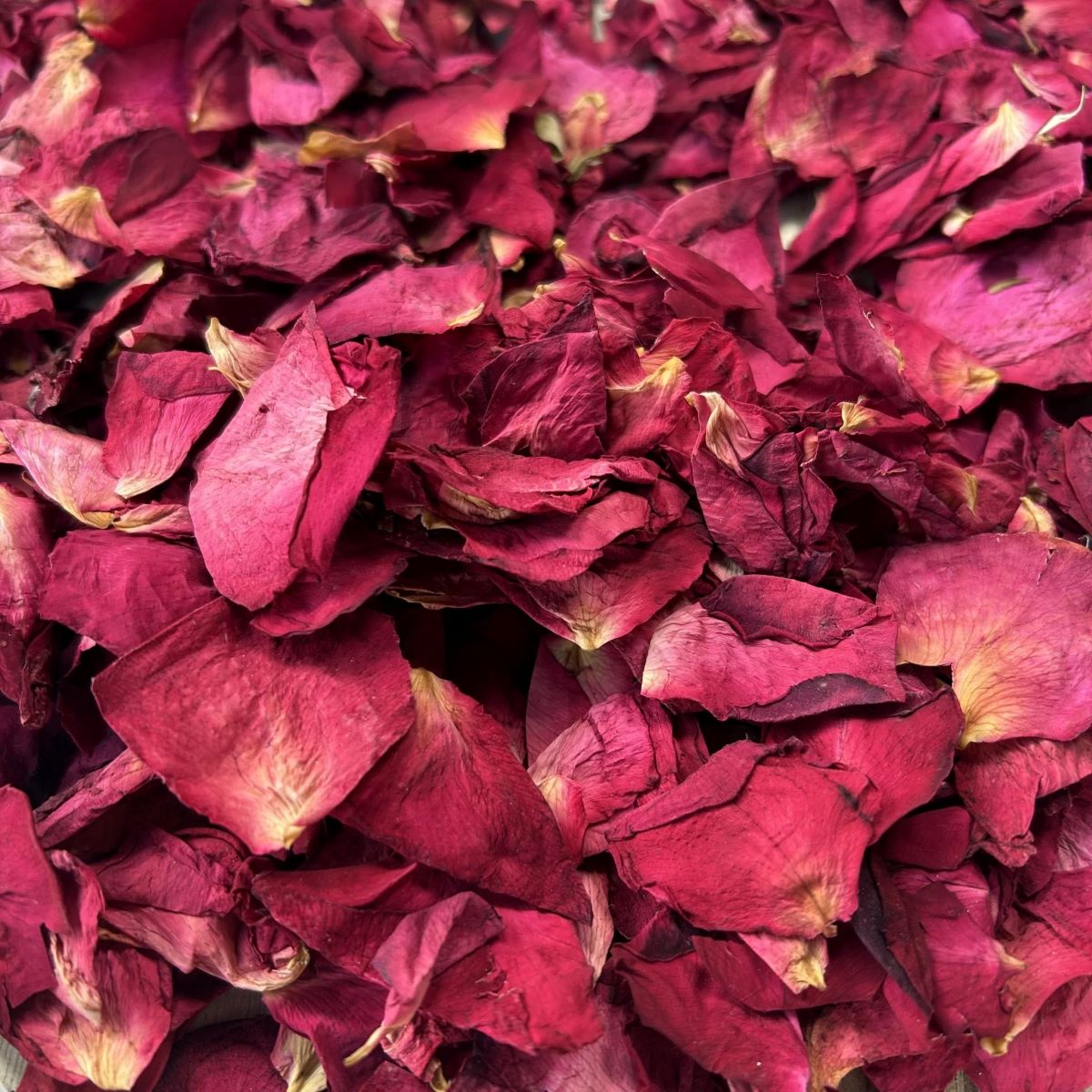
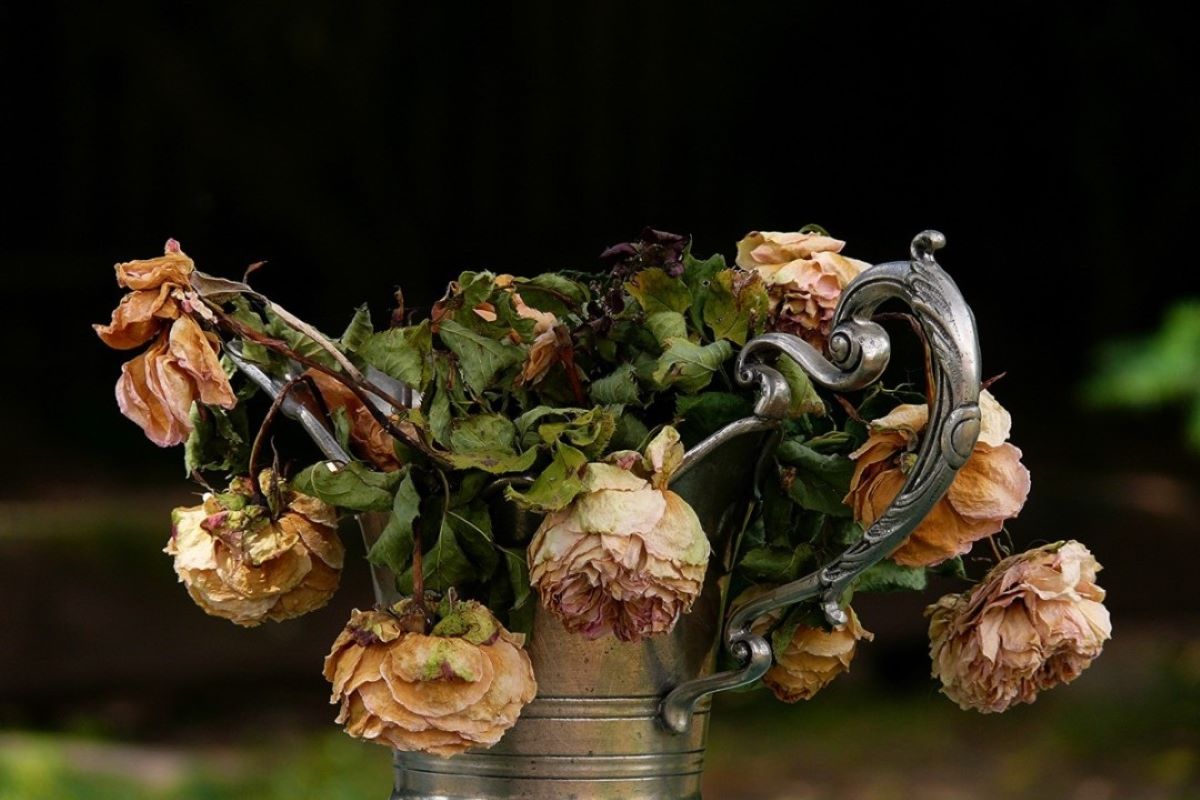

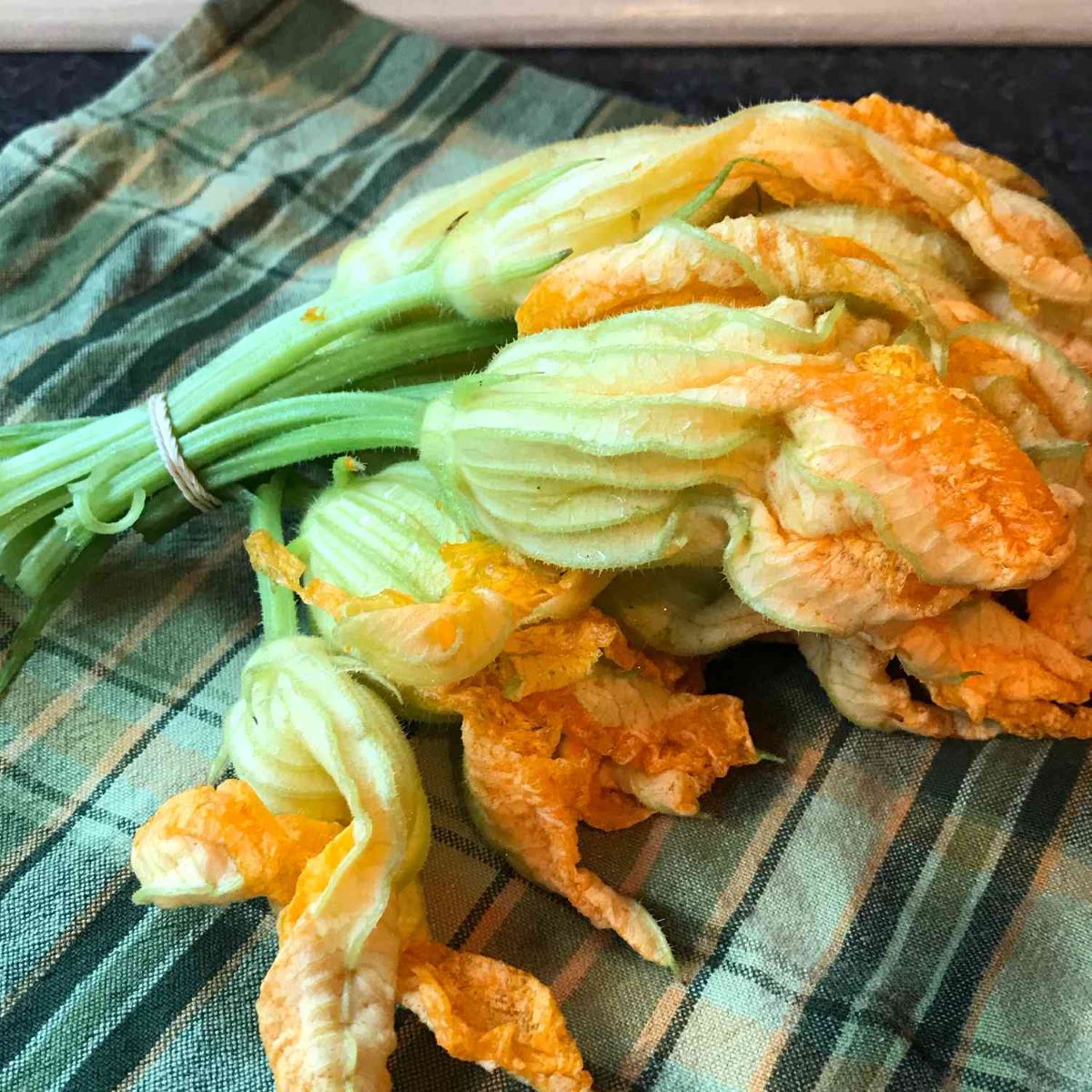
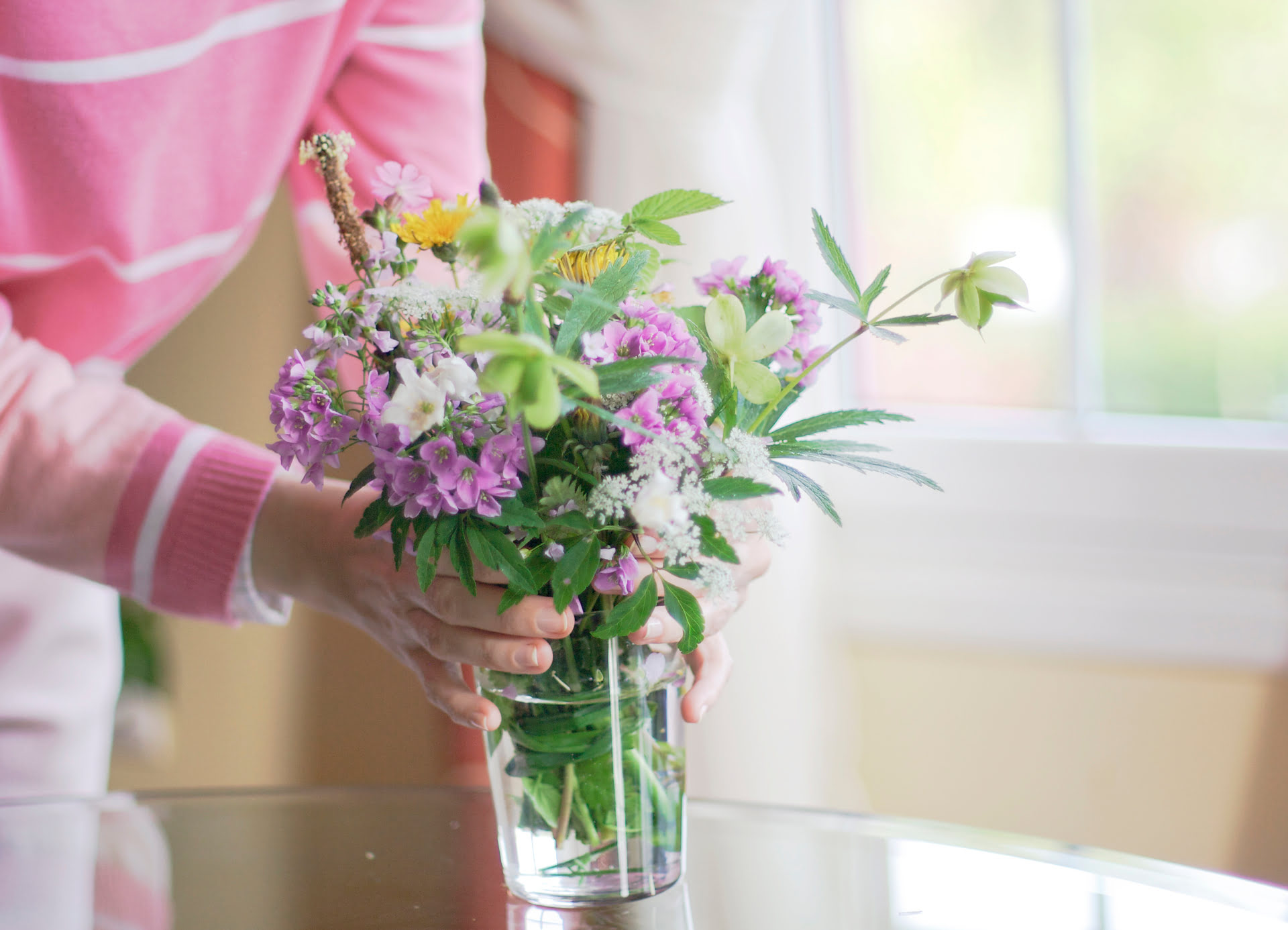
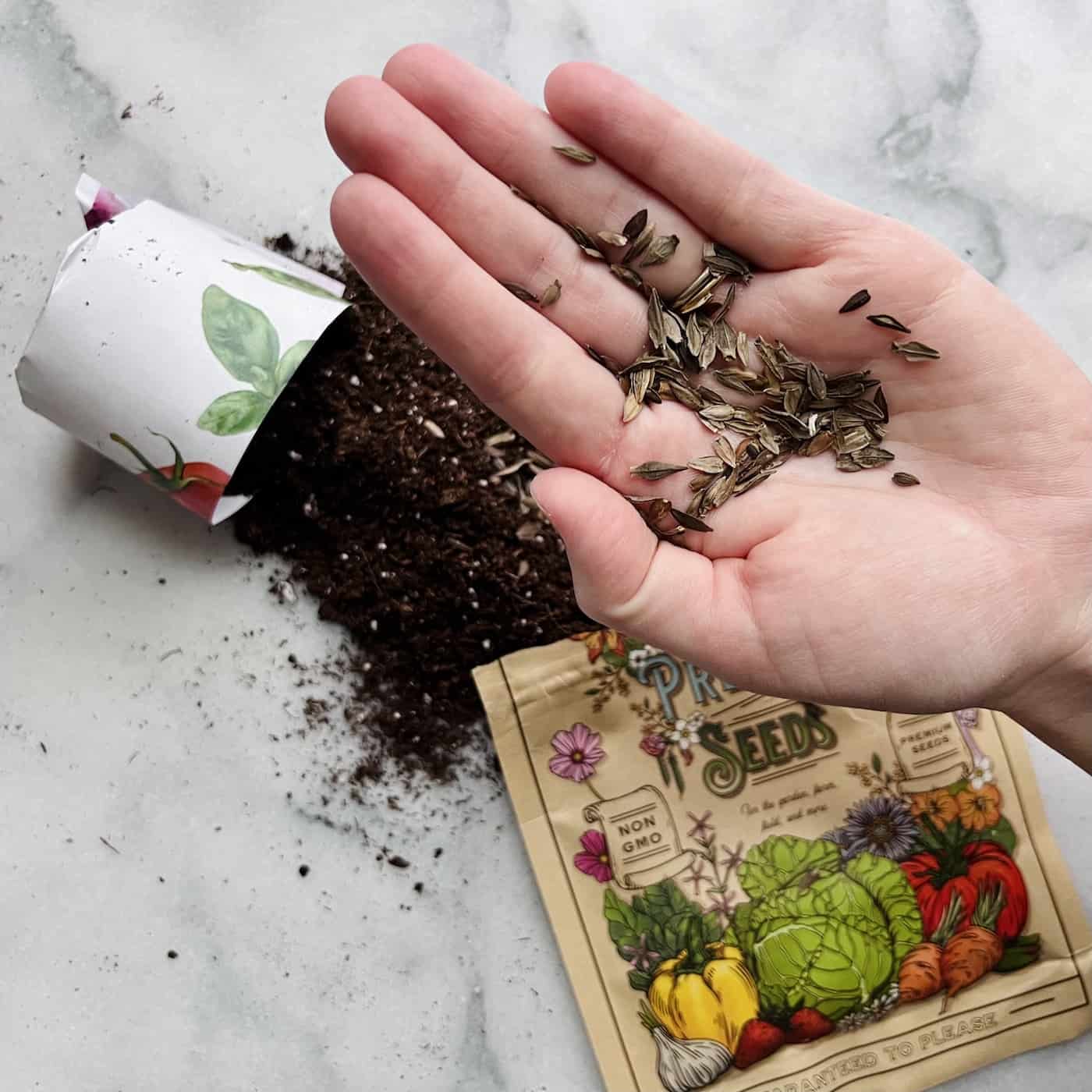
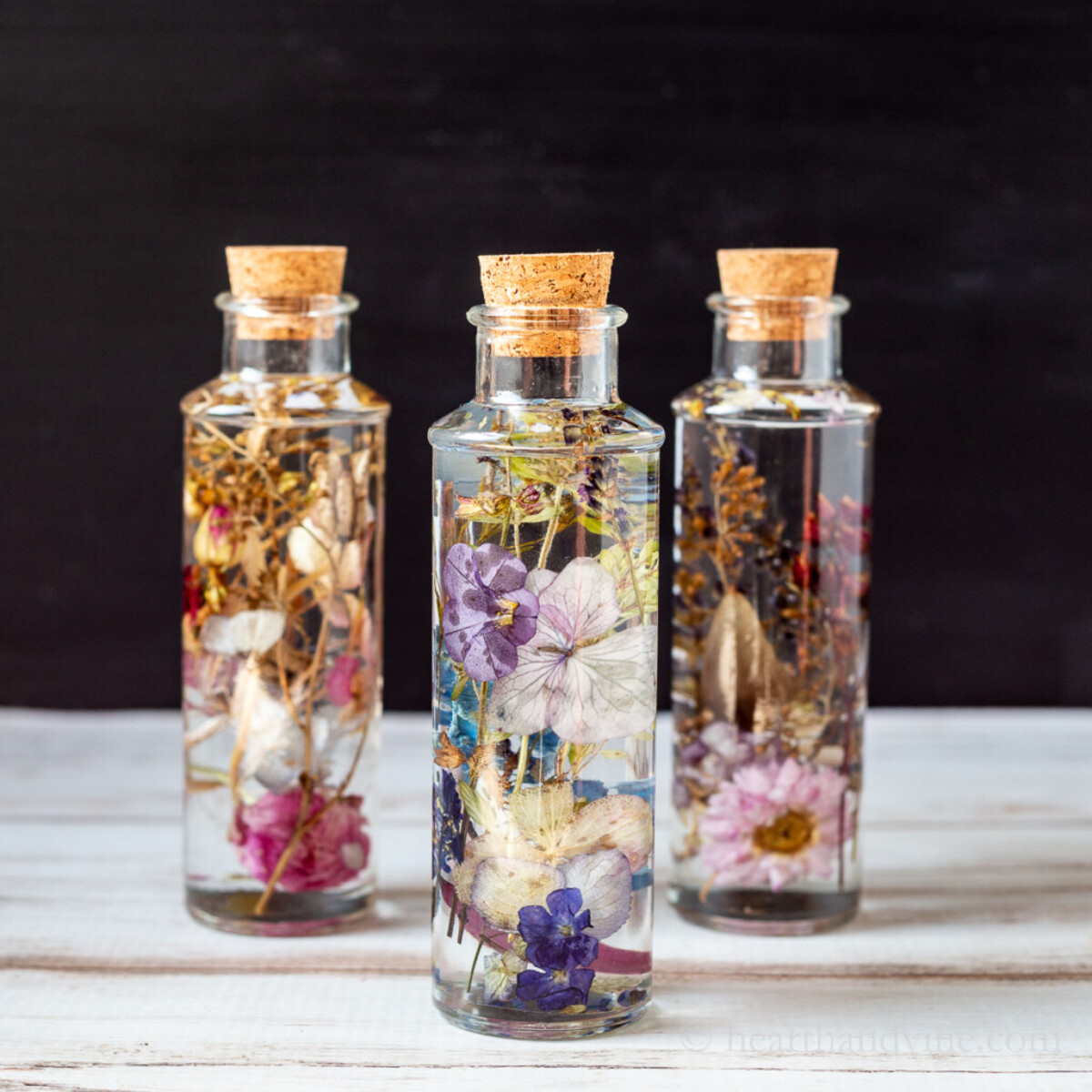
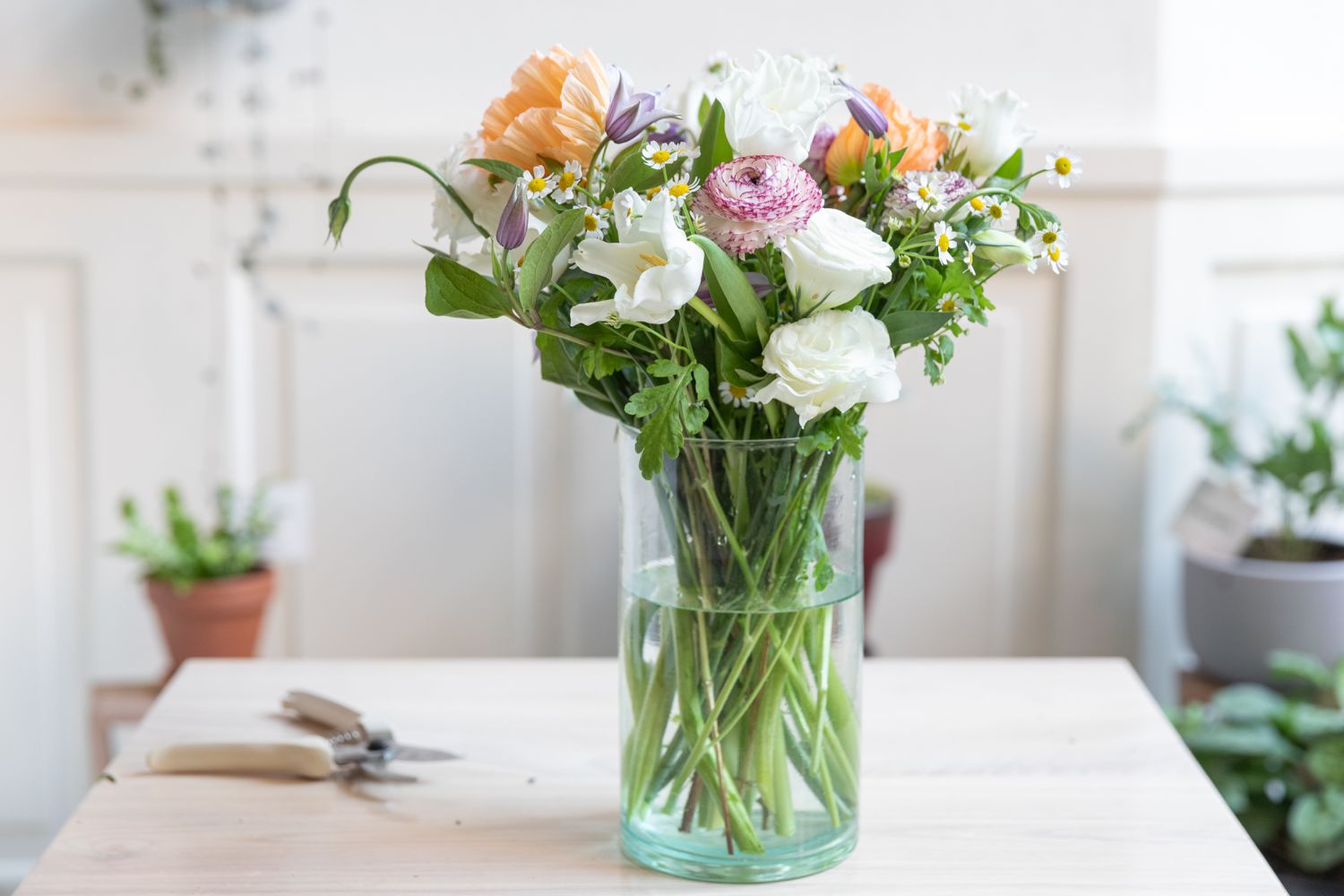
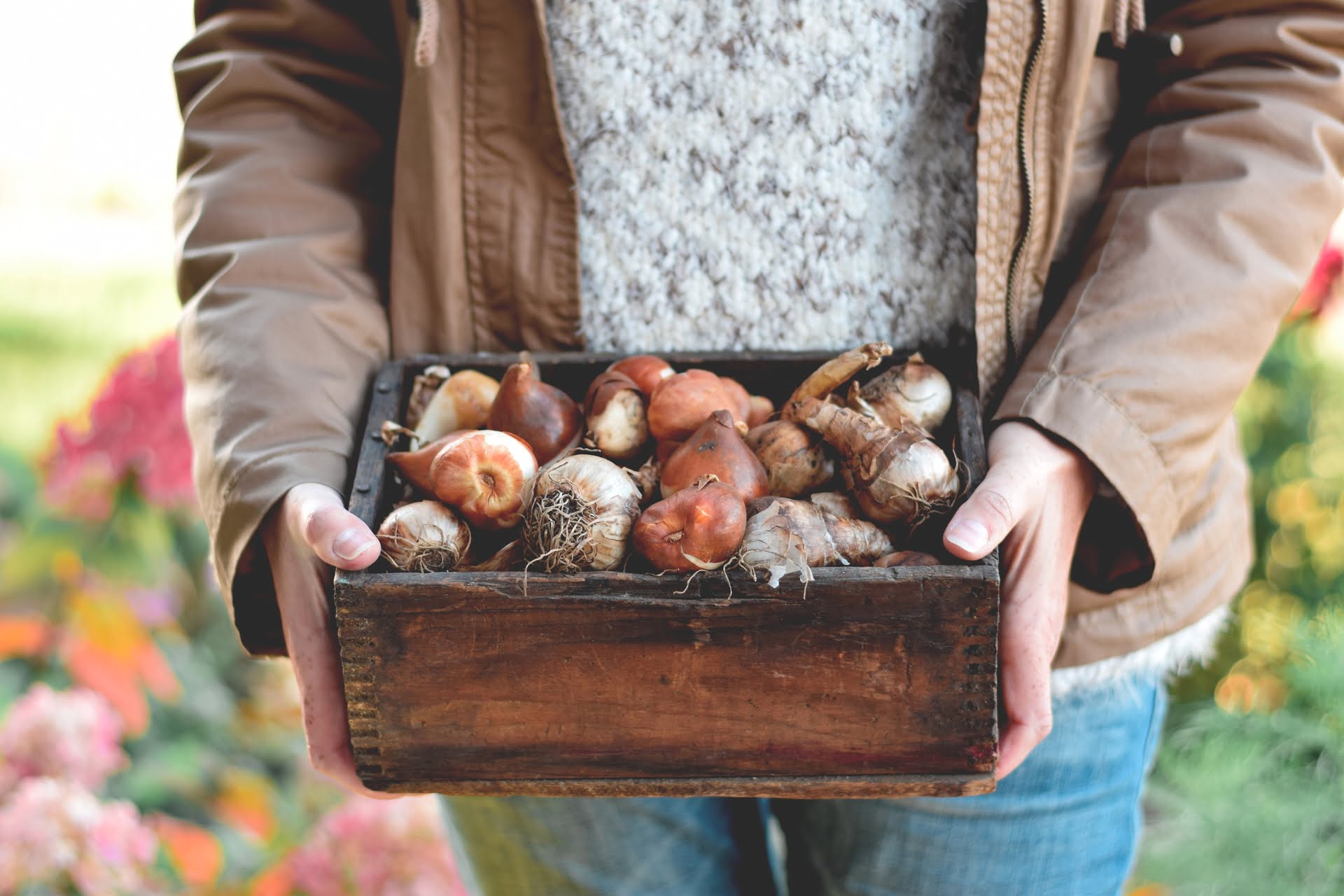
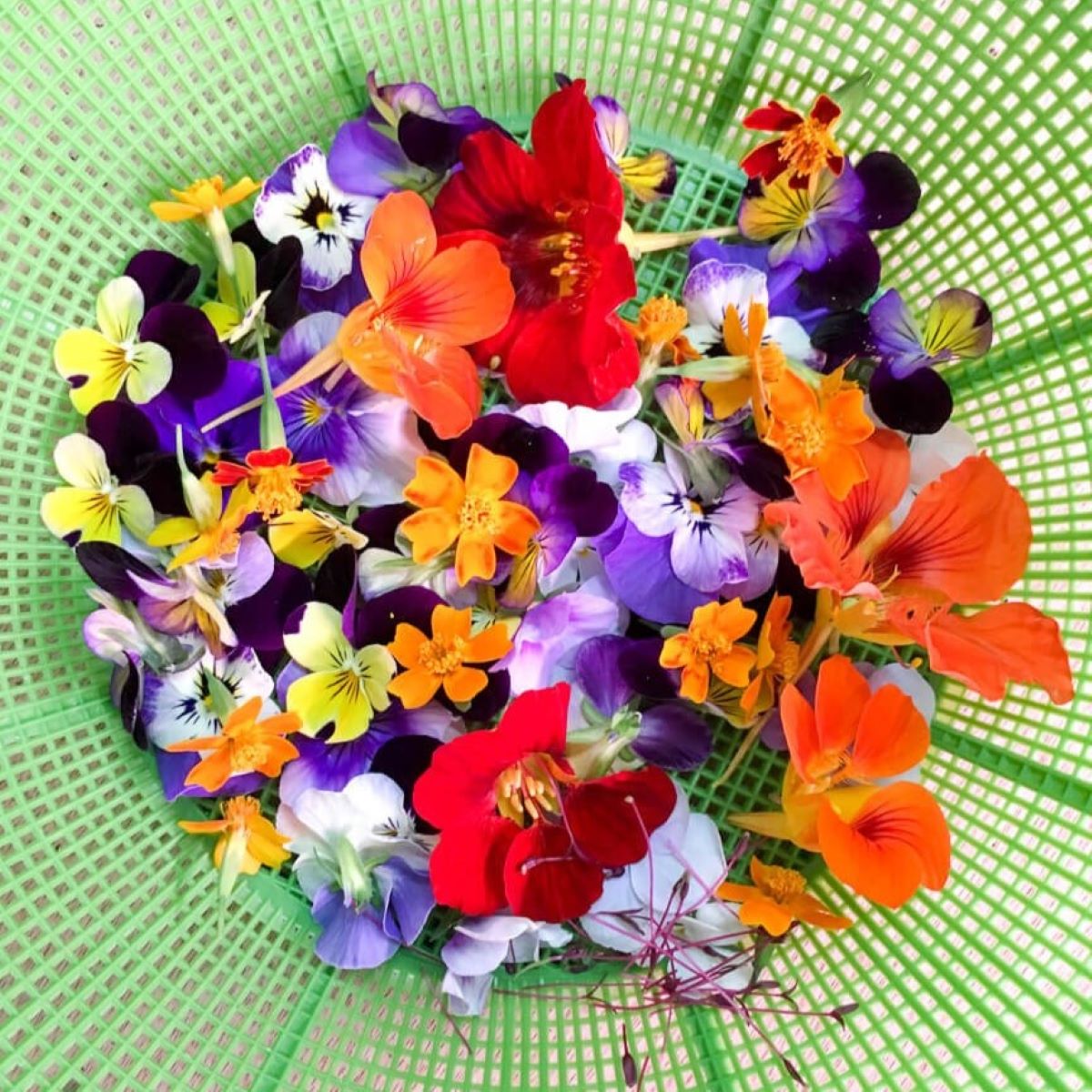

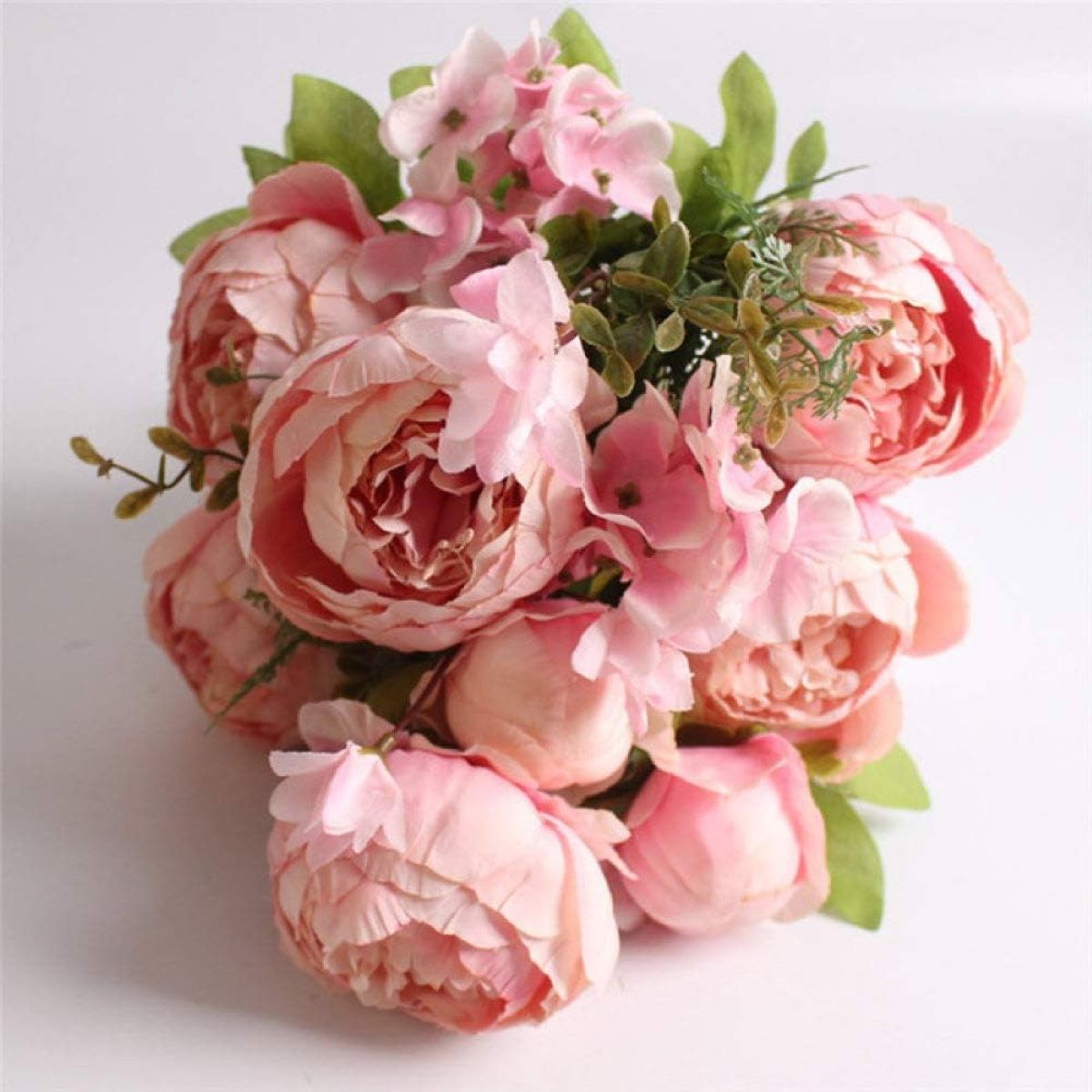

0 thoughts on “How To Store Fresh Flowers”